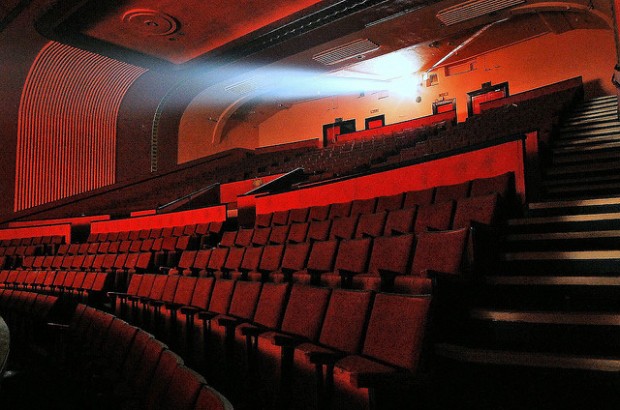3D films have the premise of making our cinematic viewing more involving, and giving us the wow factor. But is it really the future of all films, or is it just a fad?
The recent re-release of Disney’s box office smash The Lion King has seen droves of students, kids and adults alike going to the cinema to see one of their childhood favourites in brilliant, re-mastered 3D.

Admittedly, for cartoons, re-mastering the colour and having the 3D there to add depth did make a positive difference, and is definitely worthwhile if you loved the film as a kid.
But the thing with 3D is that it claims to be an all singing, all dancing medium that brightens any film. The thing is, though, unless that film has a lot of things that come out of the screen at you, 3D may not provide all that much benefit to the film.
For example, chick flicks and rom-coms are still not usually in 3D, and the reason is an obvious one. There is no need for it. 3D is great for action, people fighting, swords lunging at the audience, but couples talking through problems and groups of women going on shopping sprees often do not need, or want, a 3D makeover.
For 3D to really take off, there needs to be a way to devise a system whereby no glasses are needed. The other problem is that some people experience nausea when watching 3D films, and so by making all films in the medium, you exclude a proportion of the cinema going audience. There is also the issue of price, it is often more expensive to see a film in 3D, and so if the 2D option is there, cinema goers will opt for that.
A poll in the Guardian’s playlist magazine recently asked whether the public were bothered about seeing a film in 3D over 2D, and an astonishing 80% said that they were not bothered about it. Surely then, this shows that the 3D format is not necessarily something that the majority of the cinema going audience want.
It seems that 3D is a very temperamental medium because if you are not sat in the middle of the cinema, one side of the screen looks disjointed and blurry. This needs to be sorted before 3D can make a proper mark on the film industry, and certainly before it becomes the norm of cinema.
Overall, 3D seems to most benefit a film when it is a re-release of an old classic, or when it is an action thriller with plenty of twisting, turning action sequences. The truth is that it simply does not add anything to the majority of films that we go to see, and it appears that making everything into 3D eventually will actually lessen the number of cinema goers rather than increase them.

